Latin name: (Primula)
Category: herbs
Origin: China
Primula - unpretentiousness and brightness of a spring ram
Primula (Primula), or primrose - a united community of about six hundred species of flowering perennial and annual low herbs in the Primrose family.
When translating this beautiful name from Latin, Primus means the first. After all, these amazing unique ones are spring primroses and decorate the surrounding area in the early spring with the onset of the slightest warming, sometimes even in the presence of a little white snow. The popular names of these amazing flowers are rams, keys, spring primrose.
The real homeland of more than three hundred varieties of primrose grass is Asia, its South-Eastern part. Decorated with this beauty Western China, the Himalayas. The Alpine belt with a height of about five thousand kilometers relative to sea level with surprisingly clean, cool air and the burning brightness of the sun is very pleasant for most varieties of primrose, which has spread in continuous flowering rugs in meadows to cold permafrost formed by snow avalanches and glaciers. About thirty-three species of forest primroses prefer Europe. North America was chosen by two varieties of spring primrose, the only variety of primrose grass preferred the island of Java. Some are more suited to the climate of the African and South American continents.
An amazing and attractive common primrose prefers wet coastal areas along streams and mountain streams. Some varieties of primroses in natural conditions prefer to coexist with tall shrubs and trees. When breeding this beauty at home in personal plots, it is advisable to choose slightly shaded areas for them.
What does a primrose look like? This early blooming beauty is an interesting bush, reaching a height of thirty centimeters. These original rosettes are formed by dissected or simple fifteen-centimeter gray-green leaf plates, the shape of which is lanceolate, oval-oblong. Each species has its own beauty of the leaves. Their wrinkled or leathery structure and slight pubescence give the rosette a special appeal.
Unusually beautiful tubular flowers with flat or funnel-shaped limbs adorn leafless peduncles in the singular or pyramidal, spherical, cushion-shaped, tiered, bell-shaped, umbrella-shaped inflorescences. Their color range is varied.
You can see a primrose with yellow, white, blue, purple flowers. On faded bushes, fruits may appear in tubular or spherical polyseeds. Primula faded what to do? She needs daily watering to stimulate winter-hardy qualities. It is not necessary to cut off all the leaf plates, because they will serve as an excellent protective material for the root system from negative natural factors.
In cultural plantings, you can find both perennial and annual garden primrose. A very interesting perennial specimen is the evening primrose, which pleases with its color only at night and has miraculous beneficial substances. But not only gentle beauty brings people satisfaction and cheers up.
The healing properties of primrose are widely used in folk medicine of different nationalities.
Leaf plates of medicinal primrose are rich in vitamin C, carotene, saponins, flavonoids. Tibetan healers treat blood diseases with this medicinal primrose, stop the growth of tumors, and accelerate the healing of wounds. Primrose herb preparations cure colds, inflammations, edema, neuralgia, eye diseases, migraine, insomnia, cerebrovascular accidents, headaches, gout, dermatological problems.
Primrose cough is also not in last place. To obtain a high-quality medicinal infusion, you need to know how to collect primrose and how to brew primrose. The inflorescences collected at the beginning of flowering on five-centimeter pedicels, as well as the leaves, are dried. Roots are dug up on a withered plant in autumn and dried in a dryer or in natural conditions. Infusions are prepared without deviating from recipes. The cosmetics industry also makes extensive use of evening primrose for the prevention and treatment of gums, hair, and skin.
The culinary industry also widely uses young leaves in first and second courses, in salads. Powder from dried leaves and roots is used as a spice in the preparation of various dishes.
Why do primroses bloom first? For the appearance of this wonderful beauty in the spring, suitable conditions are created. Namely, the presence of sunlight, the moisture content of the soil cover and the transparent state of the leafless spring forest. These factors ensure easy germination of primrose grass, its flowering and high-quality pollination.
Primula species
Primrose stemless or common (Primula vulgaris)
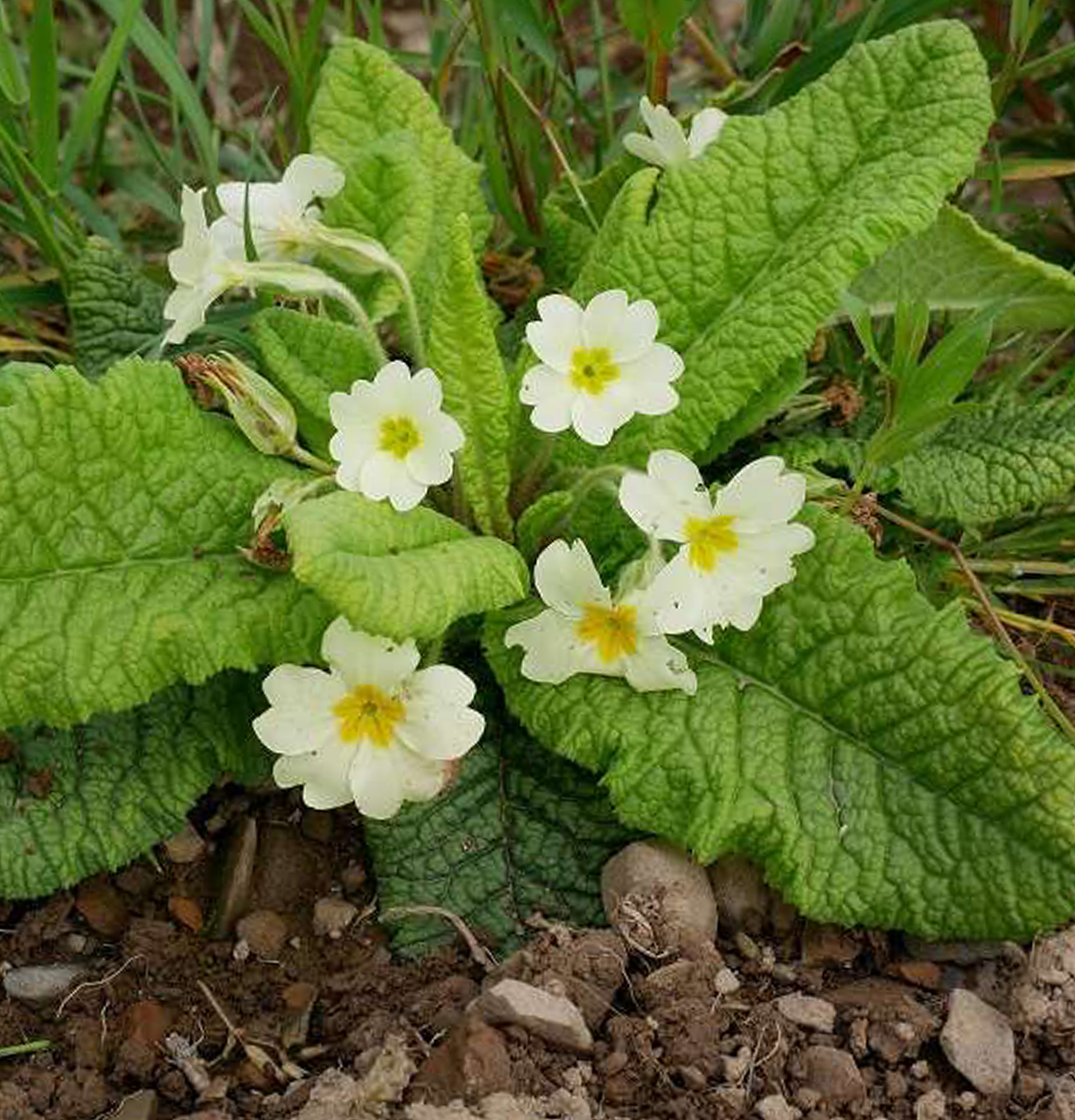 This species considers its native area to be Europe, its Middle and Southern parts. Forest edges and meadows in the Alps with melting snow avalanches are comfortable for the growth of common primrose. Primula vulgaris has a short rhizome, collected from plump cord-like roots. Twenty-five-centimeter-wide leaf plates reach six centimeters in width, they survive the winter well and are partially preserved by spring. On peduncles, reaching a height of twenty centimeters, pale yellow or white flowers are placed.
This species considers its native area to be Europe, its Middle and Southern parts. Forest edges and meadows in the Alps with melting snow avalanches are comfortable for the growth of common primrose. Primula vulgaris has a short rhizome, collected from plump cord-like roots. Twenty-five-centimeter-wide leaf plates reach six centimeters in width, they survive the winter well and are partially preserved by spring. On peduncles, reaching a height of twenty centimeters, pale yellow or white flowers are placed.
A flowering bush can be contemplated with the onset of spring, and with good care by September, the bush will turn into an elegant festive bouquet again. The stemless primrose became famous in the sixteenth century.
Primula denticulate (Primula denticulata)
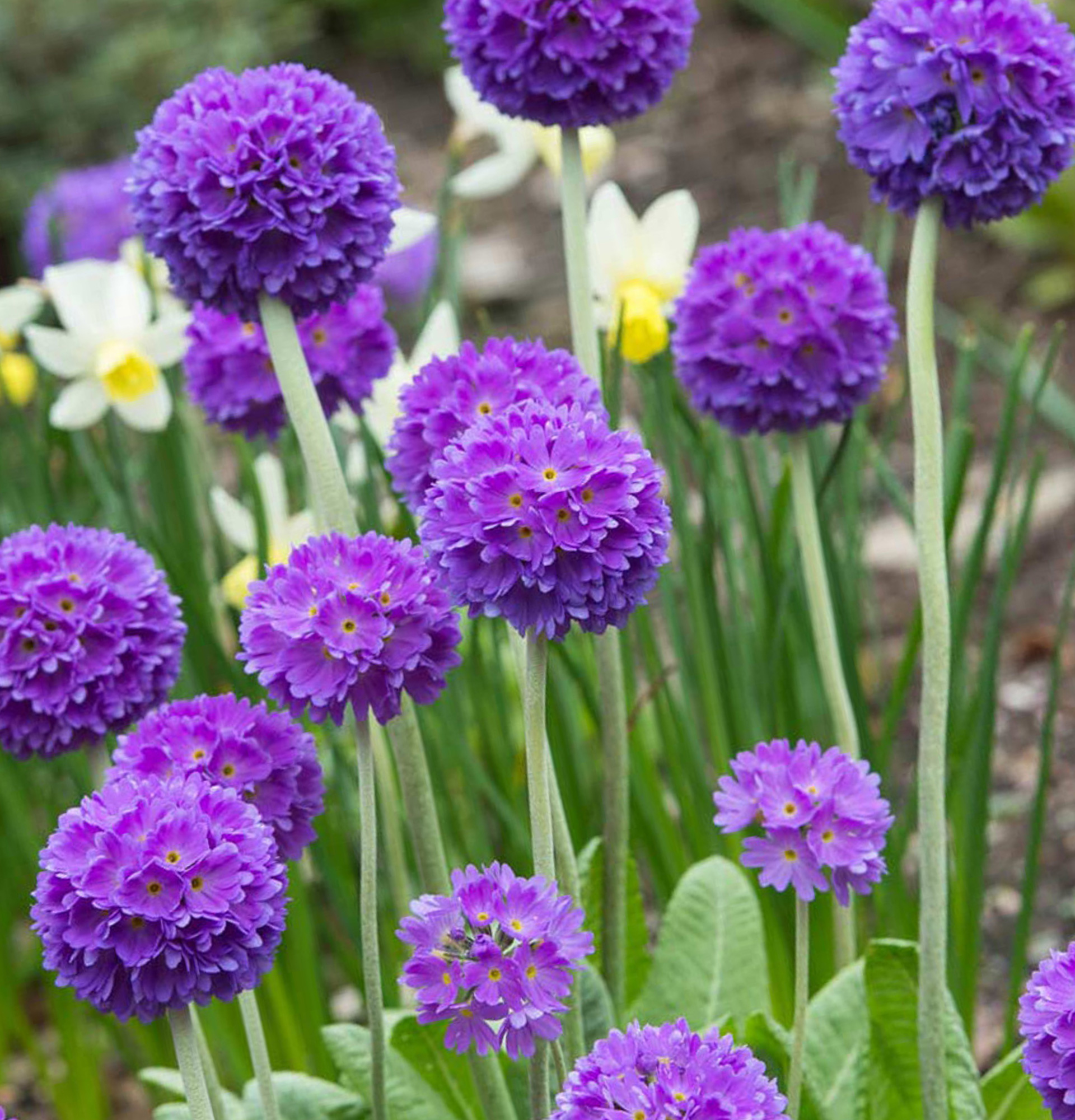 Primula serratus is native to the Himalayas. Primrose has spherical inflorescences up to eight centimeters in diameter, reminiscent of onions. The flowers are collected in a dense ball and are presented on long peduncles, reaching a length of up to seventy centimeters during flowering. The flowers are white or lavender in color, the center of which is decorated with a yellow eye. You can admire the primrose ball with the onset of May. Moderate climatic conditions are acceptable for primrose globular, which grows well in gardens.
Primula serratus is native to the Himalayas. Primrose has spherical inflorescences up to eight centimeters in diameter, reminiscent of onions. The flowers are collected in a dense ball and are presented on long peduncles, reaching a length of up to seventy centimeters during flowering. The flowers are white or lavender in color, the center of which is decorated with a yellow eye. You can admire the primrose ball with the onset of May. Moderate climatic conditions are acceptable for primrose globular, which grows well in gardens.
Primula acaulis (Primula acaulis)
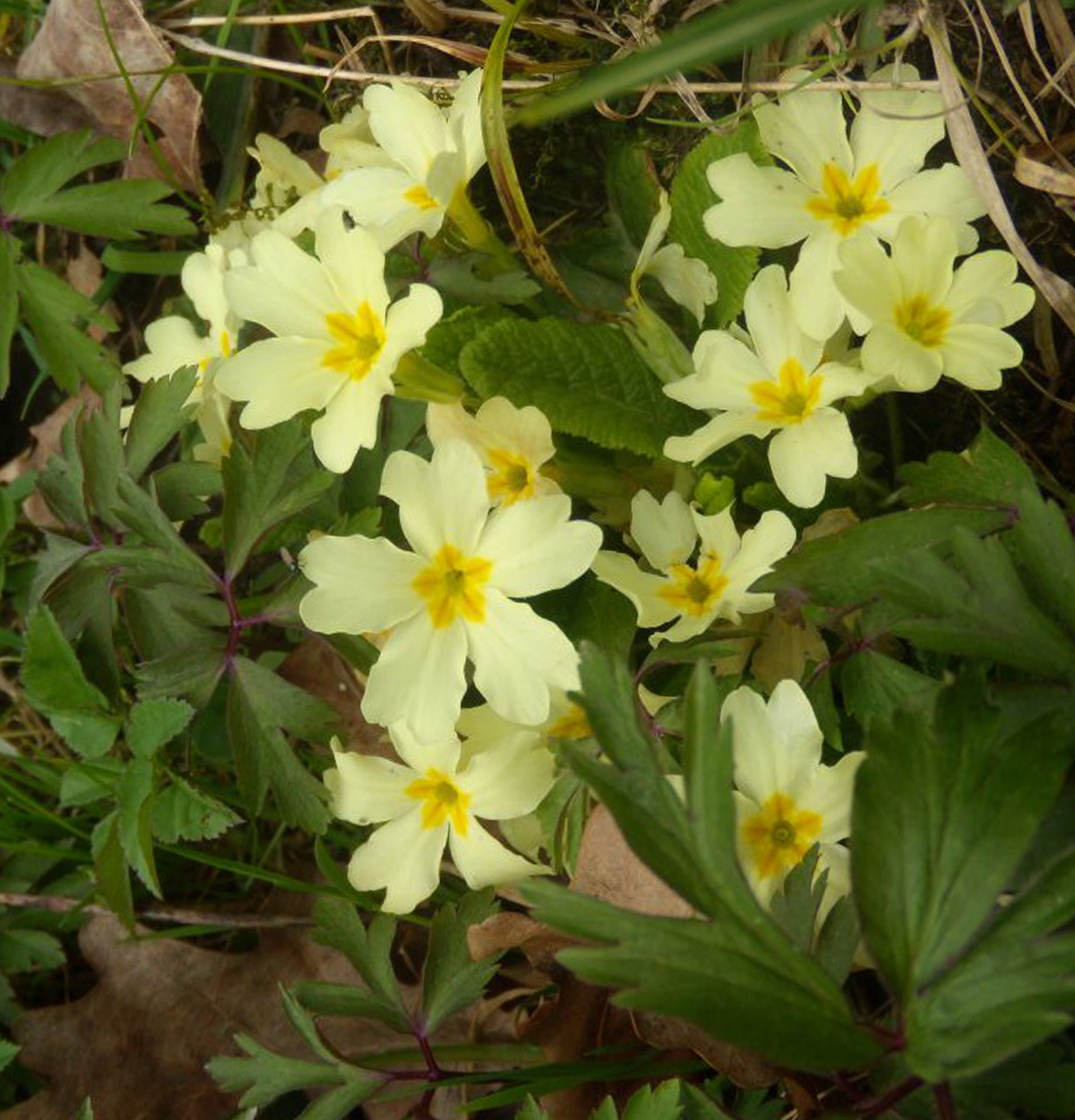 This variety is a garden representative, but perfectly pleasing to the eye on a level with homemade primrose. A beautiful basal rosette is formed by bright green elongated leaves with a hairy surface. With the onset of the spring period, catchy and unusually attractive variegated flowers of bright yellow, blue-lilac, red, white color appear on the bush, the diameter of which is four centimeters. In the middle of summer, fruits appear on the bush, located in boxes. How to collect primrose seeds? Ripe seeds are collected, stored for a short time in a cool place and sown to obtain new seedlings.
This variety is a garden representative, but perfectly pleasing to the eye on a level with homemade primrose. A beautiful basal rosette is formed by bright green elongated leaves with a hairy surface. With the onset of the spring period, catchy and unusually attractive variegated flowers of bright yellow, blue-lilac, red, white color appear on the bush, the diameter of which is four centimeters. In the middle of summer, fruits appear on the bush, located in boxes. How to collect primrose seeds? Ripe seeds are collected, stored for a short time in a cool place and sown to obtain new seedlings.
Primula Belarina (Primula Belarina)
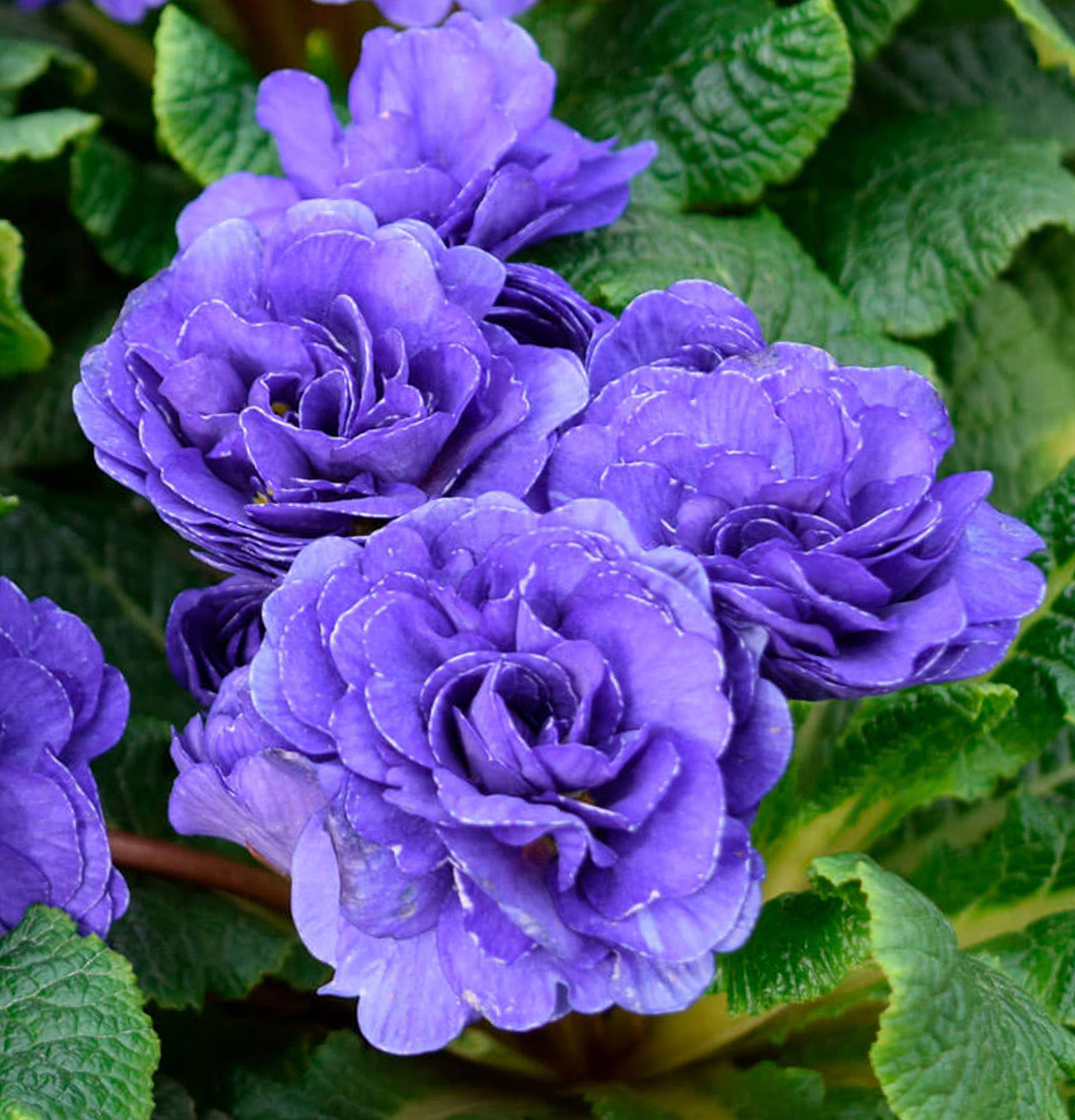 About fifty brand new unique, frost-resistant varieties of perennial primrose Belarina delight the eye with their double fragrant rose flowers. Each variety has its own individual color. It pleases with flowering with the onset of summer, with good and proper care it can bloom again. Looks good, like a potted primrose.
About fifty brand new unique, frost-resistant varieties of perennial primrose Belarina delight the eye with their double fragrant rose flowers. Each variety has its own individual color. It pleases with flowering with the onset of summer, with good and proper care it can bloom again. Looks good, like a potted primrose.
Primula Blue Zebra (Primula Blue Zebra)
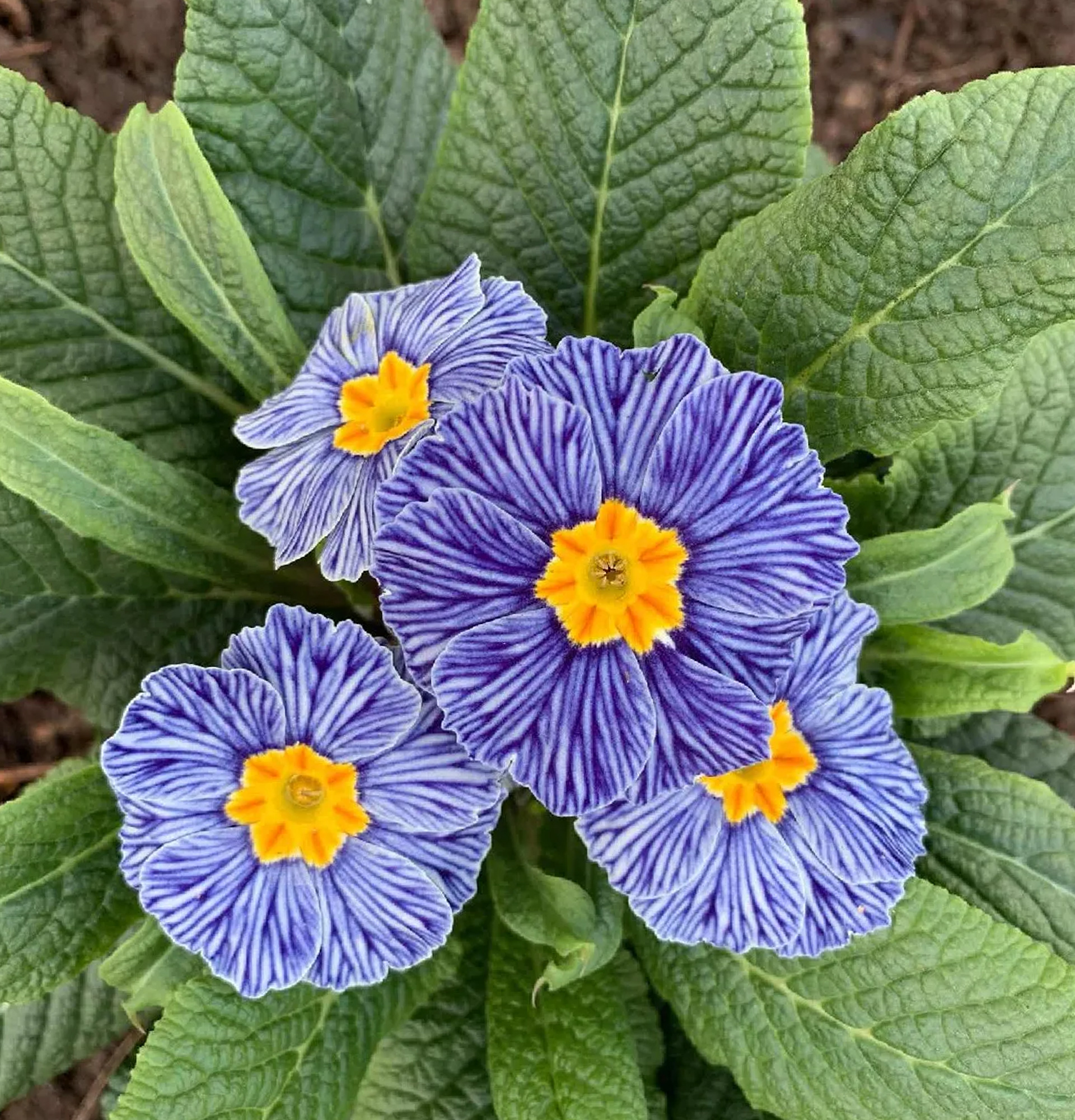 The original perennial variety of primrose, blooming profusely with large creamy, fragrant flowers with a huge amount of blue-violet veins and a yellow center. An adult bush with bright juicy foliage reaches a twenty-centimeter height. On the territory of the garden it will feel great under fruit and ornamental trees. It will look great as a room primrose. What is the difference between indoor primrose and garden primrose? Garden primrose is more resistant to frost, indoor species are less demanding on conditions of detention, but when planted in a garden plot, the plant may not pass the test.
The original perennial variety of primrose, blooming profusely with large creamy, fragrant flowers with a huge amount of blue-violet veins and a yellow center. An adult bush with bright juicy foliage reaches a twenty-centimeter height. On the territory of the garden it will feel great under fruit and ornamental trees. It will look great as a room primrose. What is the difference between indoor primrose and garden primrose? Garden primrose is more resistant to frost, indoor species are less demanding on conditions of detention, but when planted in a garden plot, the plant may not pass the test.
Primula Rosella or terry primrose (Primula Rossella)
 A unique variety of terry primrose with miniature two-centimeter buds resembling roses, which are beautifully located above the leaves. The height of the bush reaches fifteen centimeters. Looks great on the plot and as a room primrose. He likes bright areas, but without direct rays of the sun.
A unique variety of terry primrose with miniature two-centimeter buds resembling roses, which are beautifully located above the leaves. The height of the bush reaches fifteen centimeters. Looks great on the plot and as a room primrose. He likes bright areas, but without direct rays of the sun.
Primula Danova (Primula Danova)
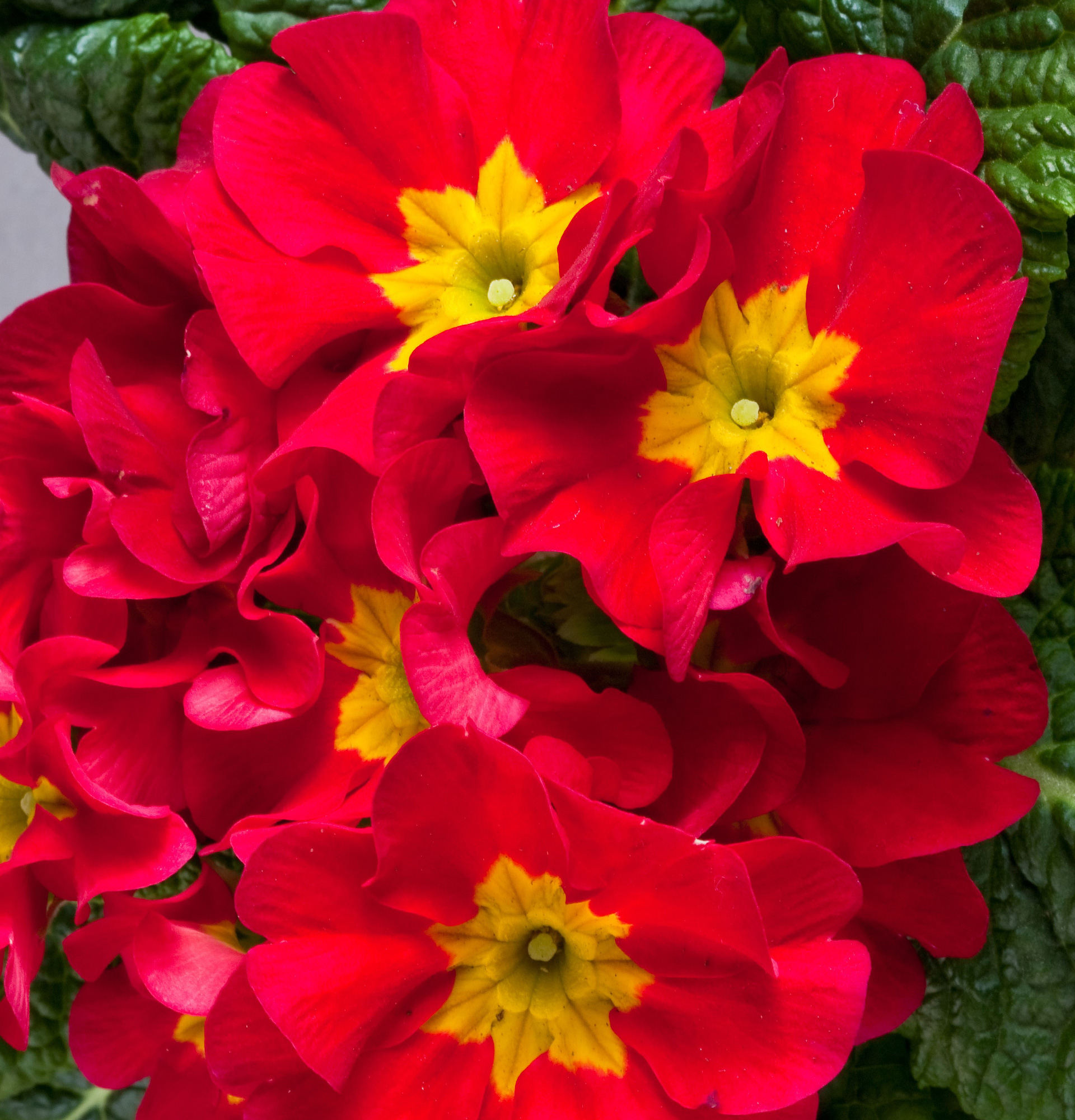 Breeders from Japan have bred a new perennial hybrid variety of compact primrose, which has become a favorite among amateur gardeners. A fifteen-centimeter bush consists of round leaves and large six-centimeter cherry flowers with a bright yellow center and a white border. Wonderfully combined in the garden with green trees, bushes.
Breeders from Japan have bred a new perennial hybrid variety of compact primrose, which has become a favorite among amateur gardeners. A fifteen-centimeter bush consists of round leaves and large six-centimeter cherry flowers with a bright yellow center and a white border. Wonderfully combined in the garden with green trees, bushes.
Primula pink (Primula rosea)
 Under natural conditions, this herbaceous perennial can be admired in the Himalayas, where the altitude above sea level is comfortable for the dazzling flowering of pink primrose. This delicate, fragile, touching plant looks like a thirty-centimeter bush. The roots are long, filiform, thanks to which the flower does not lack moisture. It has light green, slightly wrinkled leaf blades with serrated edges.
Under natural conditions, this herbaceous perennial can be admired in the Himalayas, where the altitude above sea level is comfortable for the dazzling flowering of pink primrose. This delicate, fragile, touching plant looks like a thirty-centimeter bush. The roots are long, filiform, thanks to which the flower does not lack moisture. It has light green, slightly wrinkled leaf blades with serrated edges.
The month of May is the time of flowering of the pink primrose. Fifteen-centimeter pedicels present umbrella inflorescences, with twelve medium-sized flowers. Due to the large number of flowers, the bushes become beautiful colored spots of pink hues.
Primula home care
To get a beautiful bush, you need to know how to care for a primrose and be sure to create suitable conditions for it that are close to natural. The main thing is to maintain high humidity, suitable temperature and lighting. With the onset of spring heat, the home primrose, if necessary, is transplanted into the street, into the garden for better bush formation, and with the onset of autumn days, it can be returned to the room in the form of a potted primrose.
Choice of location and temperature
Indoor primrose will be acceptable eastern or western window sills with morning and evening exposure to non-burning sunlight. In the summer, bright rays must be shaded or the location of the houseplant must be changed. In the winter off-season, it is advisable to pamper the primrose with a light territory.
Comfortable temperature indicators for primrose will be a run-up from 10 to 20 degrees. The winter temperature limit should not fall below 5˚С, the most desirable indicators will be from eight to twelve degrees. If you neglect this regime, the primrose may not bloom in the spring.
Humidity and watering
To maintain the necessary air humidity, it is advisable to moisten it with a sprayer, and put the flowerpot with the plant in wet moss or pebbles placed in a tray.
Spraying of rams is prohibited in order to prevent rotting of the leaves.
Primrose is watered regularly at intervals of two or three days, controlling the condition of the soil mixture, which should be slightly moist.
Stagnation of water in a pot is unacceptable.
Soil and its top dressing
The substrate for primrose must be fertile, its acidity must be neutral or alkaline. The components for the soil mixture should be equal proportions of peat, leafy soil, humus, sand.
Blooming primrose is fed with liquid fertilizers at intervals of fourteen days. Home primrose needs to be fed with potassium-phosphorus preparations three times in the spring and summer.
Primula transplant
A spring transplant will be useful and necessary for room primrose. We take a flowerpot a little more spacious than the previous one. To the question: is it possible to transplant a flowering primrose? The answer will be positive. Each gardener decides this issue individually. In any case, there will be absolutely no harm to the bush; the transplant will not affect the quality of the appearance of buds and flowering. The main thing is to follow all the rules when transplanting.
A drainage layer is required.
Primrose bloom
Primrose grass produces unique white, red, pink flowers on long spikes in early spring and can last up to three months. With proper care, the primrose pleases with its beauty several times a year.
How does primrose reproduce?
Propagating an ordinary primrose is not at all difficult. You can use freshly harvested seeds, which are sown in a peat-sand mixture. Create greenhouse conditions with a temperature of about 20˚С. The emerging sprouts are planted in separate flowerpots. Primrose propagation by a leaf or stem cutting is also not a complicated procedure. The prepared leaf with a bud is planted in a separate flowerpot, kept in a slightly dark place with moderate humidity. When transplanting a primrose, it can be propagated by dividing the bush.
Pests and diseases
Indoor primrose can be visited by spider mites, aphids, scale insects, thrips. This can happen if the room is hot and dry. The plant must be relocated to an area with more comfortable conditions: cool and humid air. If pests are found, you can use a solution of garlic or soap. If this procedure has not been beneficial, we use insecticidal preparations.
Difficult Growing Moments
- The leaf plates of the primrose turn yellow - it is necessary to control the frequency of watering and the quality of the water, monitor the humidity of the air and the correct application of fertilizers.
- The leaves rot - when watering, stagnant water in the soil and getting on the leaves, high humidity of the air space.
- The formation of buds on the bush is absent - the winter mode of keeping was violated, the temperature in the room was above 20˚С.
- Rapid fading of flowers - low humidity and high temperatures.
Amazing and unique primrose - is it possible to keep it at home? This homemade bright and wonderful flower can cause an allergic reaction in the household in the form of rashes or irritations. With a tendency to allergies, it is necessary to communicate with primrose with gloves. It is advisable to determine the bush away from the children's room.
Subject to the main subtleties in care, the primrose with its chic flowering beauty and decorativeness will be a wonderful decoration for any interior and any territory.




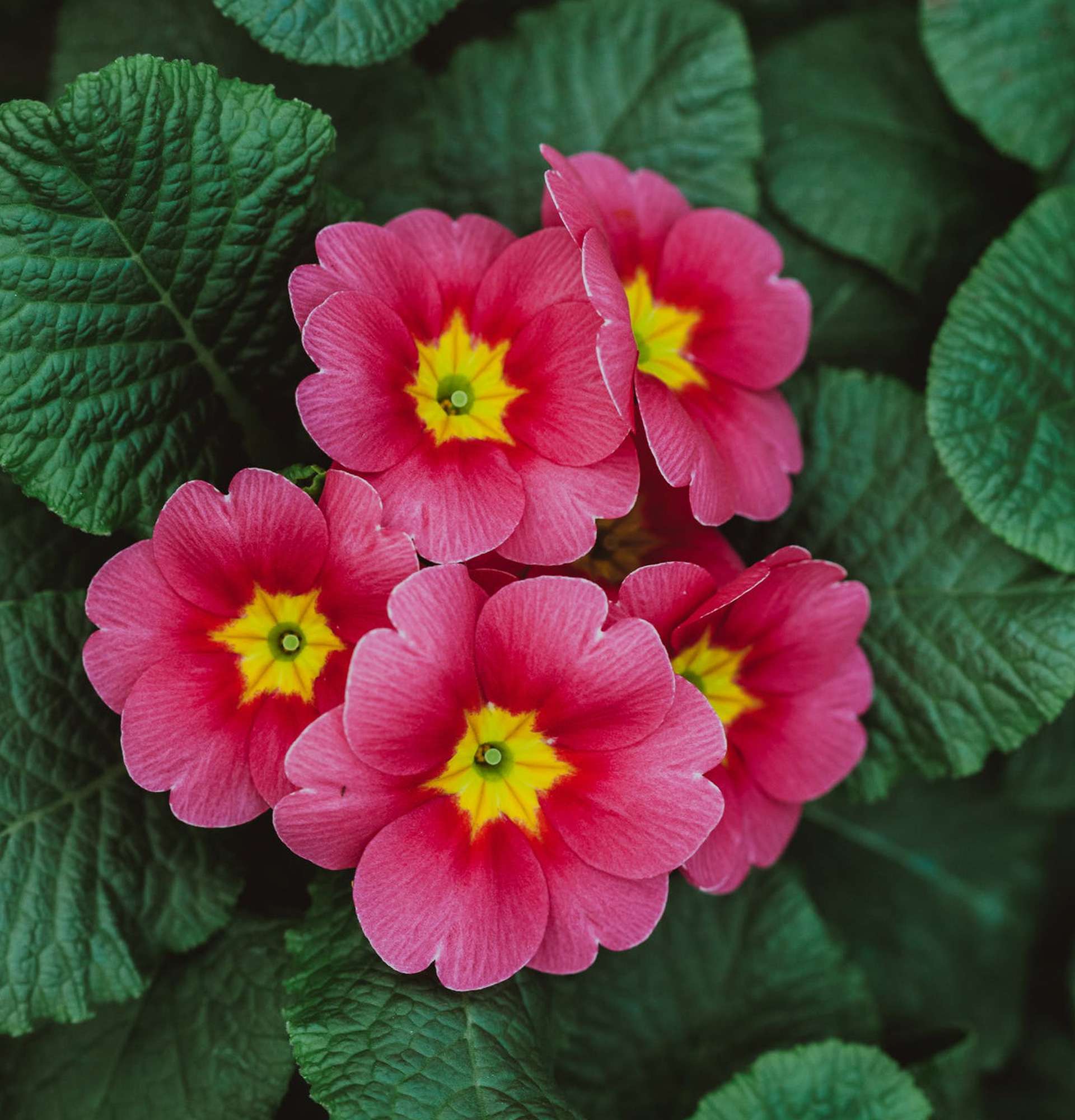











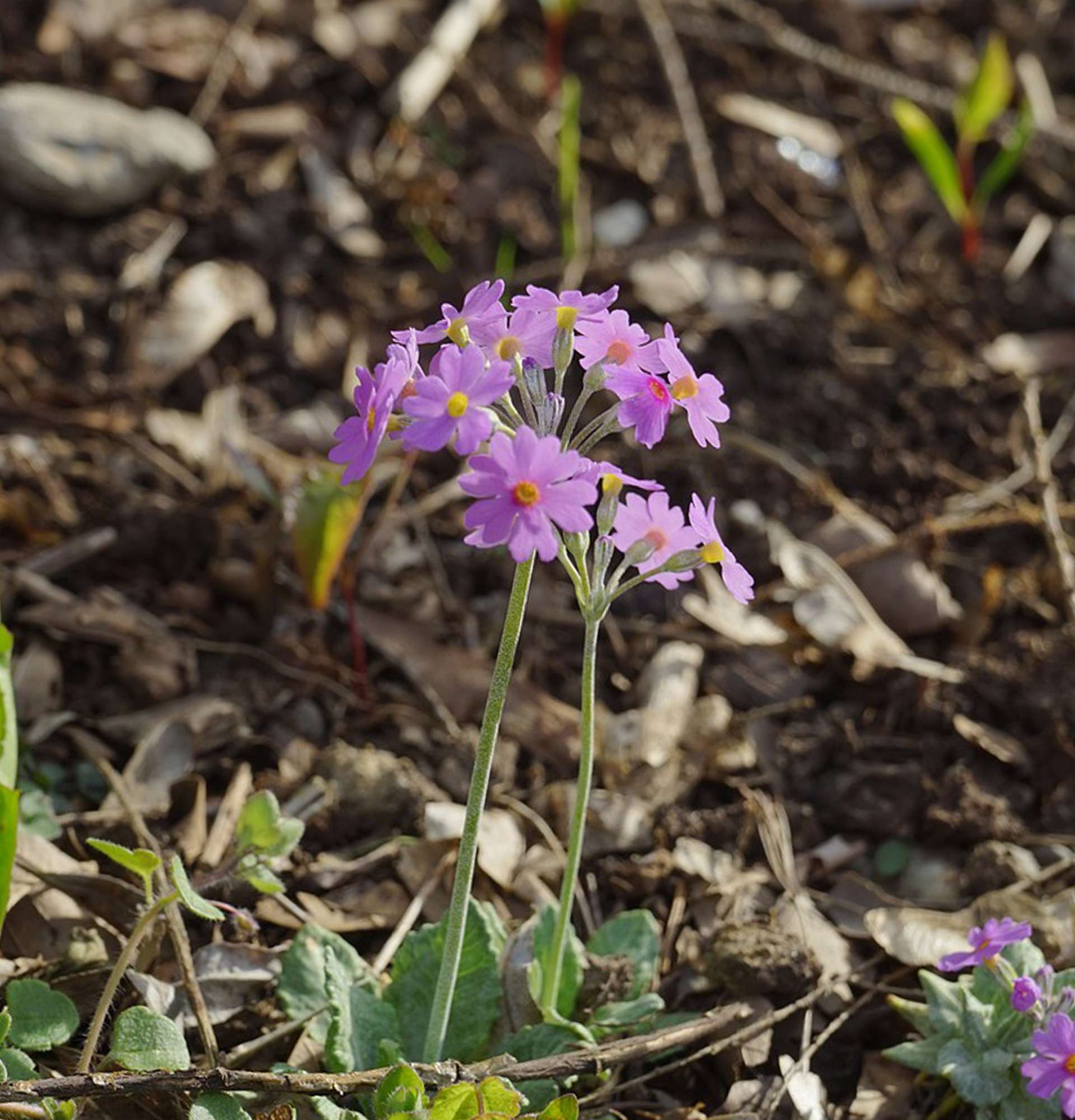
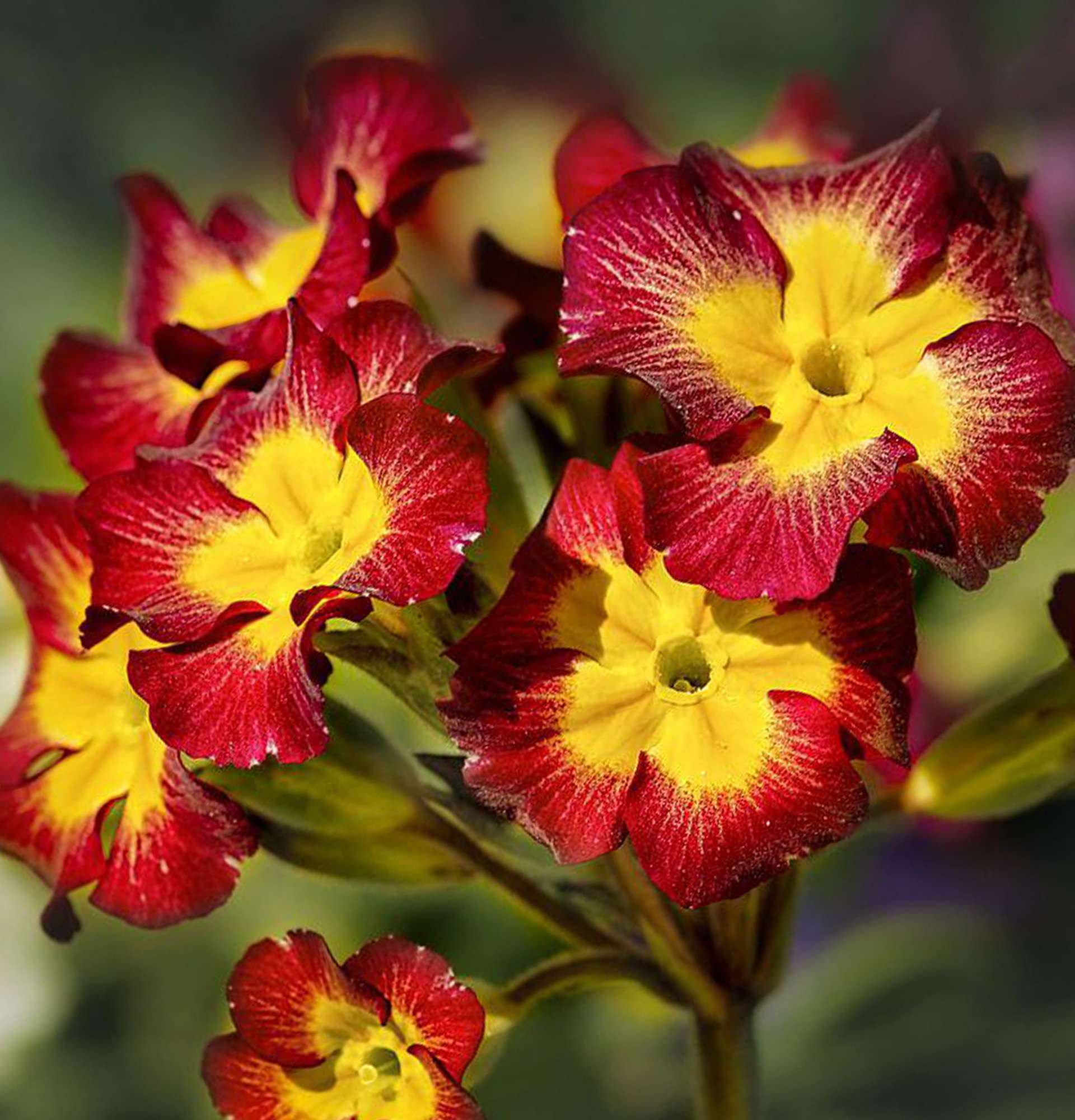

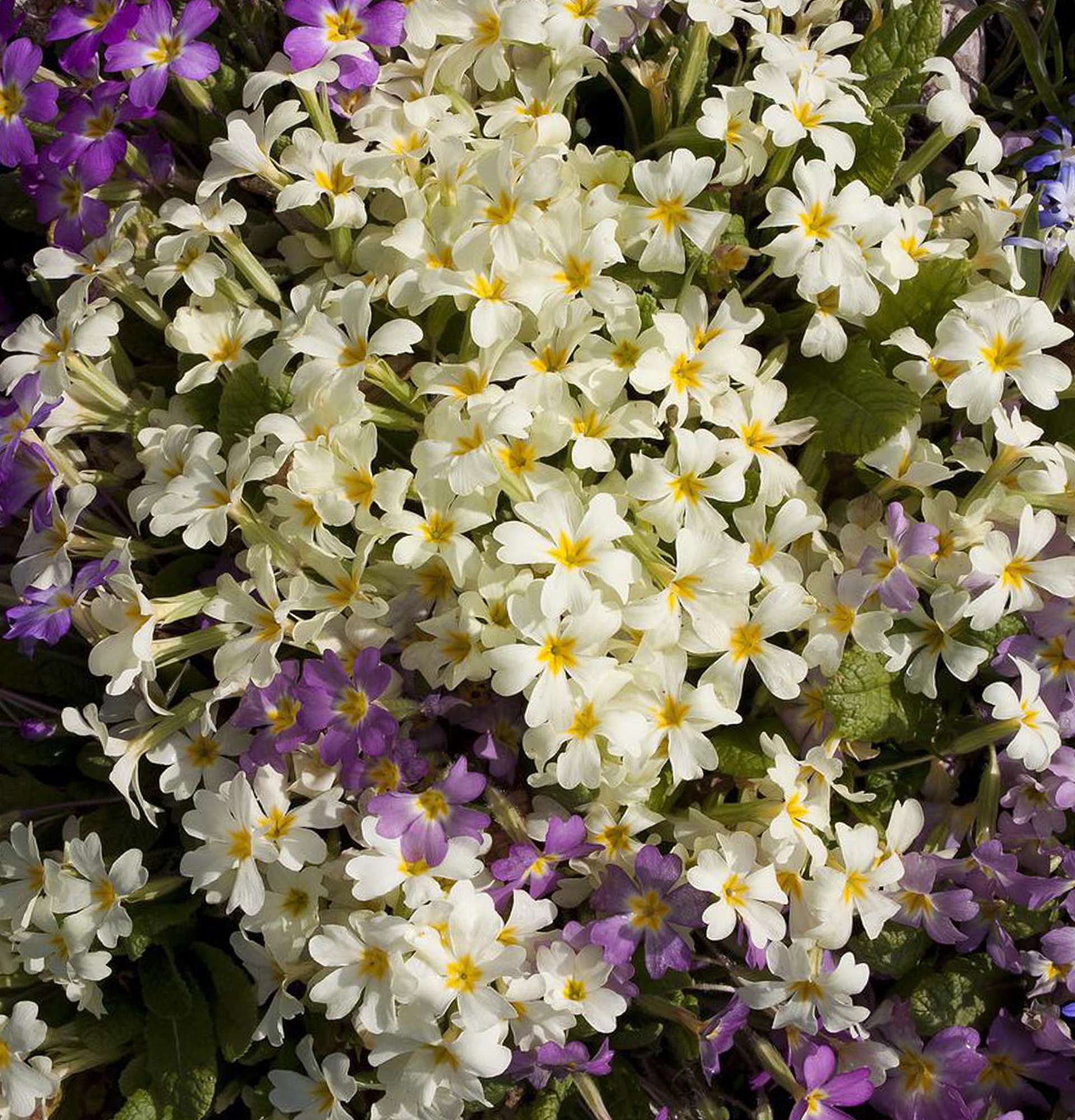
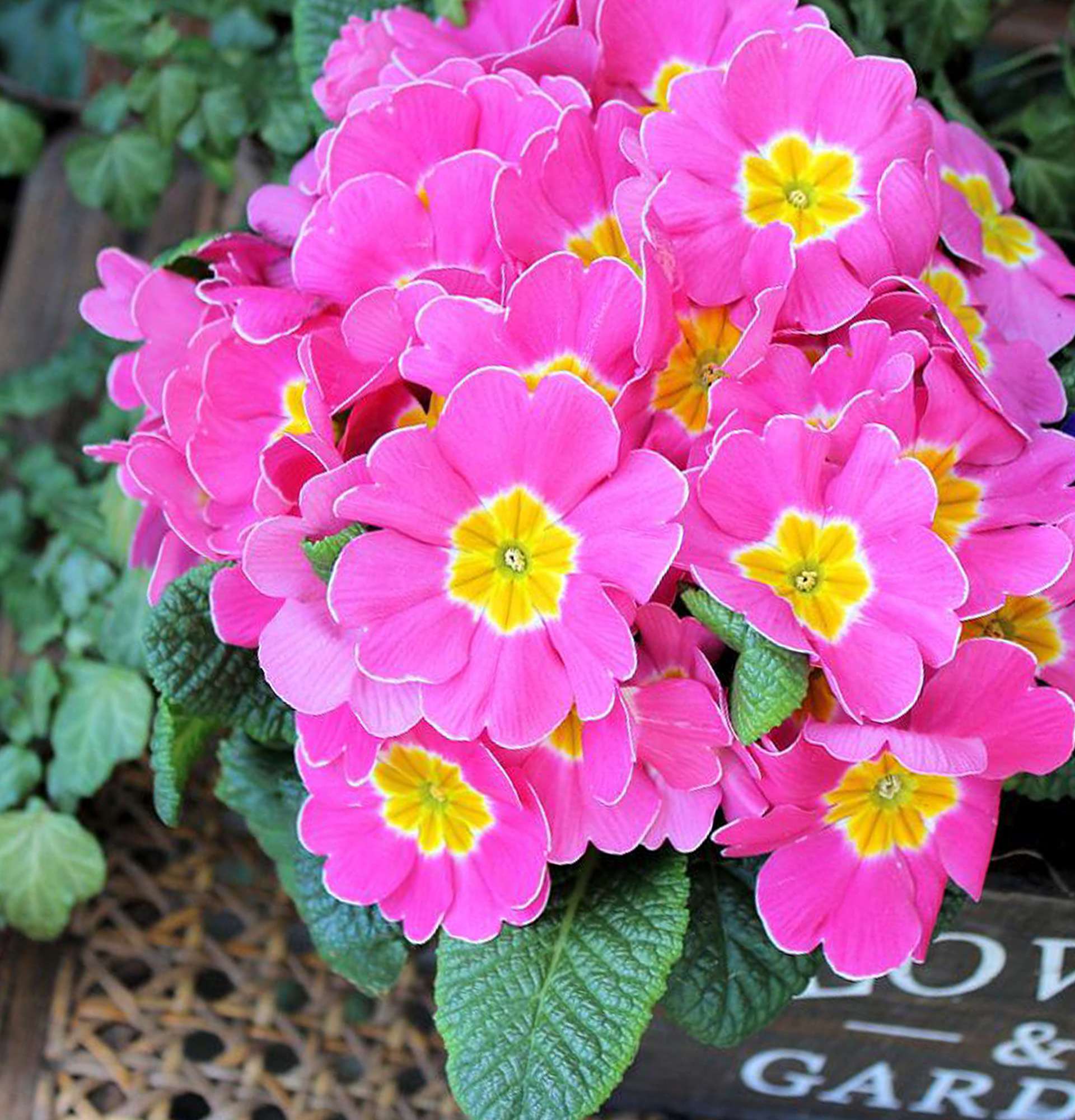

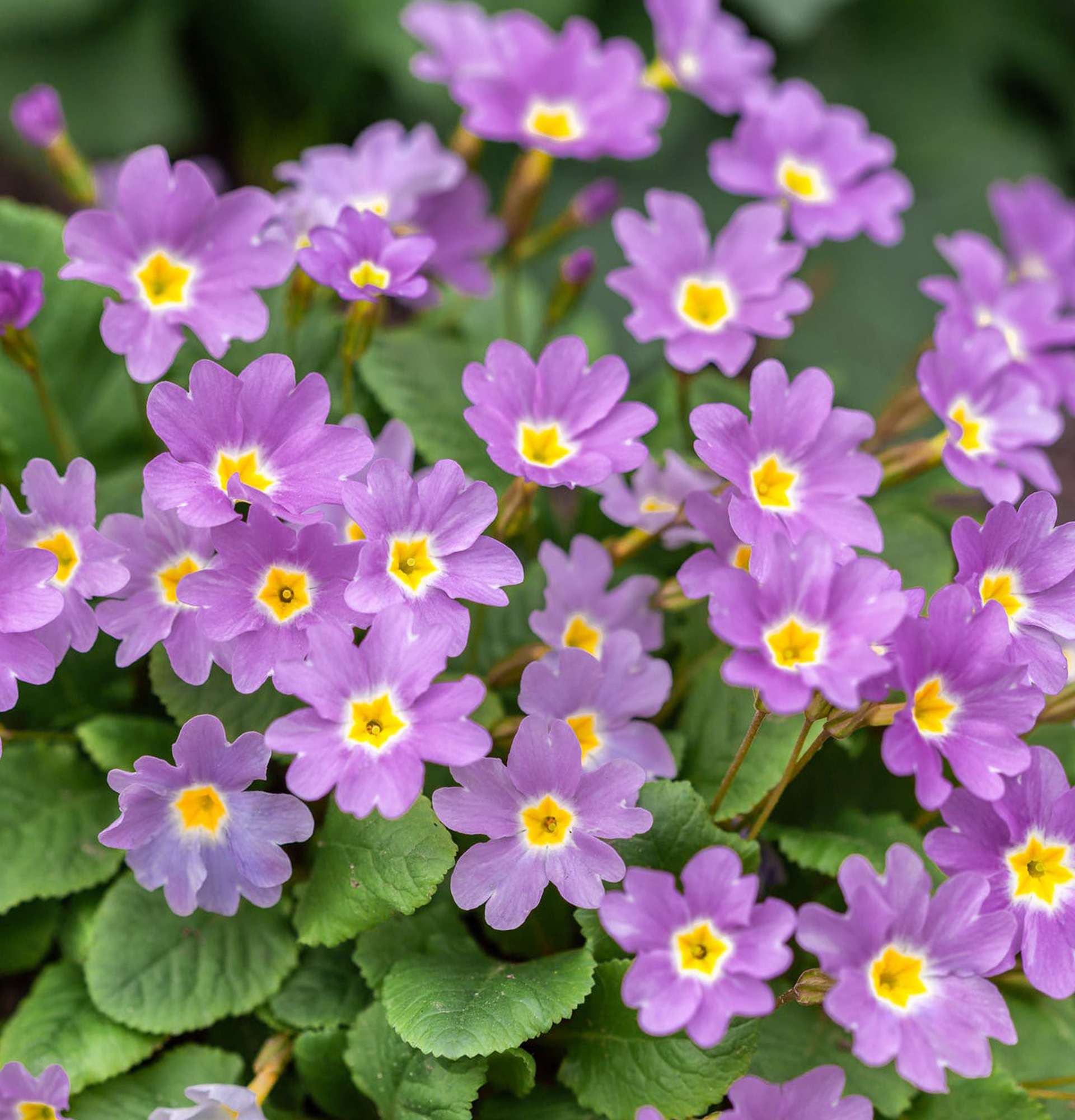
Write comments
Comments